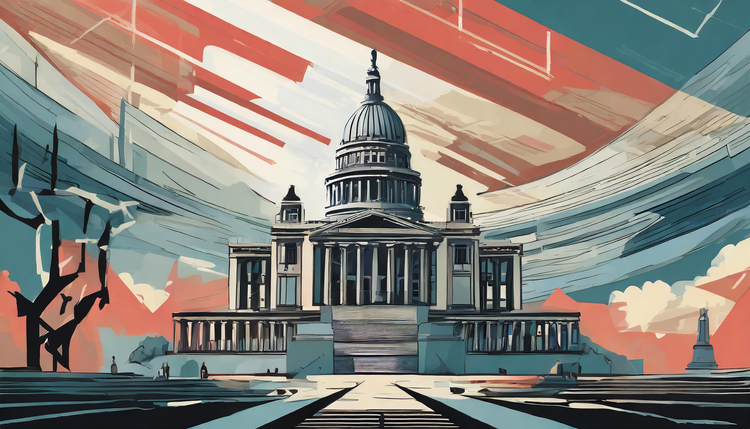Picket Fences Capitalism
The symbol of the American Dream – picket fences surrounding white houses – are children of the battlefield. The sharpened wood logs would shield archers from advancing cavalry. Many men owe their lives to pickets.
When America began its vast home-building project – fueled by government-backed mortgages for returning GIs from World War II – pickets received a nice commercial upgrade. Instead of goring horses on European battlefields, Braveheart-style, pickets came to symbolize and protect the It's a Wonderful Life version of the American Dream.
But there's a big problem with pickets. They are anti-capitalist.
The things they protect – single-family homes and yards – have created a housing crisis in many American cities. American cities have become the lands of single-family, picket-protected zones. Cities by percentages of land zoned for single-family homes:
- San Jose, California – 94%
- Arlington, Texas – 89%
- Charlotte, North Carolina – 84%
- Seattle, Washington – 81%
- Portland, Oregon – 77%
- Los Angeles, California – 75%
- Minneapolis, Minnesota – 70%
Zoning has a fraught history in American cities. Originally intended to protect homeowners from mass industrialization, zoning became a tool to regulate where and how people could live. For much of America's history, zoning was a legal way for policymakers – backed by real estate developers who knew they would make more money in zoned areas – to separate communities along racial, ethnic, and religious lines.
Now the pitchforks are out for pickets and the thing they represent.
California is on the verge of eliminating single-family zoning throughout the state. Minneapolis outlawed single-family development, but not all residents are happy about it. Oregon is eliminating single-family construction because "the crux of the matter is land is the scarce commodity here."
Outlawing single-family zoning is not a silver bullet the housing crisis. New York City is 15% zoned for single-family homes, but its cost of living is among the highest in the world.
Fortunately, we can rely on old friends: supply and demand. As a Harvard economist states, "Simply put, the places that are expensive don't build a lot, and the places that build a lot aren't expensive."
Picket fences – and all they represent – are just another example of the two forms of American capitalism.





